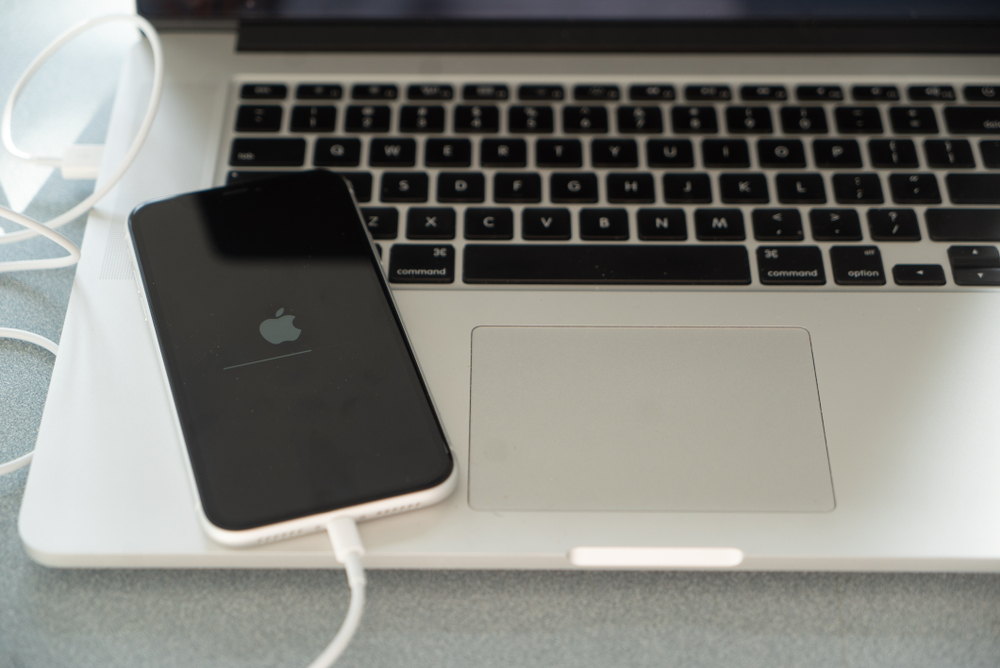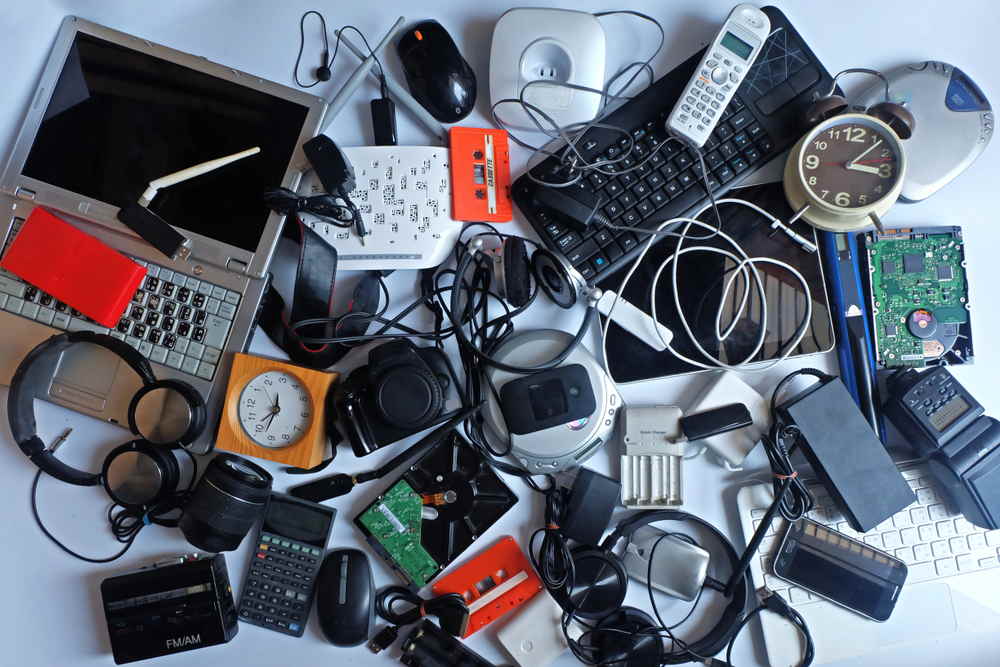How to dispose of your unwanted electronics
When you are having a spring clean, or even moving house, you may find that you have piles of unwanted electrical items that you don’t know how to dispose of. Large things like refrigerators and washing machines as well as smaller items such as lighting systems can cause problems when trying to have a clear out.
With technology, a new model comes out every year with adjusted specifications and boasting a whole range of the latest features. Suddenly, your old electronics seem outdated and behind-the-times so you decide to upgrade. Then the cycle repeats itself in a year’s time.
This results in a growing pile of discarded tablets, computers and mobile phones that take up space in your home and are a menace to get rid of – you can’t just throw them in the bin and forget about them, there are legal guidelines and regulations stopping this.
What is Waste Electrical and Electronic Equipment (WEEE)?
To know how to get rid of these items effectively, you must first know what counts as an electrical good. To put it simply, WEEE waste includes items with either batteries or a plug. It includes goods like:
- IT equipment like laptops, computers and telephones
- Large white goods such as fridges, freezers, dishwashers and washing machines
- Smaller electrical items like kettles, irons and vacuum cleaners
- Toys that use batteries like cars and games consoles
- Leisure items such as treadmills, radios and hot drink dispensers
These are things that many of us have in our homes, sometimes even multiples of them. It can seem like a daunting task when it is time to start getting rid of them – that’s why we have put together this brief guide on the options you have when disposing of your electrical goods.
How to recycle electronics
The first thing you think to do when having a clear out is take everything straight to your local recycling centre, or tip, where you can get rid of everything in one swoop. Unfortunately, it is not always that simple when dealing with WEEE goods.
All of these electrical items are too dangerous to be disposed of with other waste, due to the potentially hazardous chemicals that will be released. You need to take special care when getting rid of them. You need to thoroughly research every single item and categorise them based on aspects such as whether there are any circuit boards present, what internal wiring the product uses and the plastic components.
Gov.uk details that these different electrical goods need to be disposed of in a specific manner to ensure no hazardous materials are released into the environment, often going by classification codes.
If the electronic contains persistent organic pollutants (POPs), they cannot be recycled and instead need to be destroyed. This can be done by a number of methods depending on the type of POPs, such as:
- Physico-chemical treatment
- Incineration on land
- Using it as a fuel or another way to generate energy
A lot of WEEE waste will consist of toxic materials like lead, arsenic, mercury and cadmium which are harmful to your local environment when they are disposed of incorrectly. They will contaminate any soil nearby as well as harm the surrounding wildlife.
This can be incredibly difficult to do properly yourself, so it may be an idea to seek the help of a professional waste clearance team. It can take the worry from your shoulders to know that your WEEE items are being disposed of in a safe and lawful manner.
How to remove personal data from devices

Before disposing of any device such as a computer, laptop, mobile phone or tablet, you need to wipe all personal information from it.
Think about what is on your phone right now. There are numerous numbers of family members, passwords to different shops, online banking details, and debit or credit card numbers. Not to mention photos, videos, and social media accounts. Now, would you like anyone having direct access to these?
That is why it is so important to make sure you take off any saved passwords or other personal data before you dispose of your electronics.
– Mobile phones
This exercise can be very simple for most mobile phones. Exact steps will differ on the model and type of mobile phone, but a simple guideline is:
- Back up any wanted photos, videos or messages on your choice of storage (iCloud, Google Photos, etc.)
- Sign out of any social media accounts, banking apps or other accounts you have saved on your phone
- Go into settings and restore your device to factory settings – this will wipe any apps, search history or saved items
- Make sure you have deleted any data from the internal storage
- Take out your sim card and dispose of this separately
– Computers and laptops
Similar to that of mobile phones, the first step to wiping your electronic devices is to save anything you wish to keep in another place, ideally online storage to help with ease of access. You can then log out of all applications or online websites, clear browsing data and saved passwords on your browsers, and restore to original settings.
Popular Mechanics also advises you to also destroy the hard drive to be on the safe side, and they have a comprehensive guide on how to do so.
Other options to get rid of electronics
If your items are still in good and usable condition, then you may want to explore other options to get rid of them instead of direct disposal. Here are some other ways to declutter your space:
- Ask friends and family if they want them
- Donate to a local charity shop
- Enquire at nearby schools or colleges to see whether they would be able to use your unwanted IT equipment
- Make some money by selling these second-hand electronics to sites such as Cash Converters or CeX
As with disposal, wiping any personal data from your goods is vital when giving them to a new home.
Feature image credit: DAMRONG RATTANAPONG / Shutterstock
